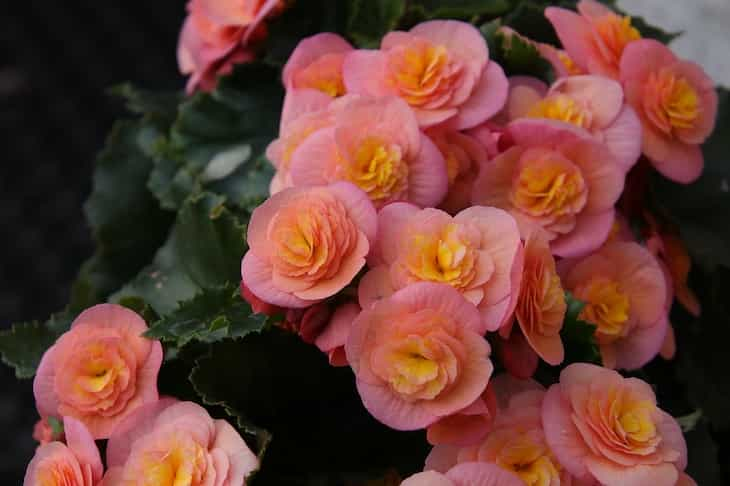Growing Begonias: Gardening Tips
From all flowers, begonias manage to stand out because of how classy, pretty, and gentle they look.
If you love your flowers "conventionally pretty", then grow begonias - they can make your garden beautiful!
And here are a few tips on how to grow them.
Choose the Right Type
Begonias come in various types such as tuberous, fibrous, and rhizomatous.
Select the type that suits your gardening conditions.

Lighting Matters
Begonias prefer bright, indirect light.
Too much direct sunlight can scorch their leaves, so find a spot with filtered light.
Well-Draining Soil
Use a well-draining potting mix to prevent waterlogging, as begonias dislike sitting in water.
Watering Wisely
Keep the soil consistently moist but not waterlogged.
Allow the top inch of soil to dry out before watering again.
Temperature Considerations
Begonias thrive in temperatures between 60-75°F. Avoid exposing them to extreme heat or cold.
Feeding Routine
Use a balanced liquid fertilizer every 2-4 weeks during the growing season.
Reduce feeding in the dormant winter period.
Pruning for Shape
Pinch back the tips regularly to encourage bushier growth.
Remove spent flowers to promote continuous blooming.
Humidity Boost
Begonias love humidity.
Place a tray with water near them or mist them occasionally to provide a humid environment.
Container Choices
If growing in containers, ensure they have drainage holes.
This prevents water from accumulating at the bottom.
Disease Prevention
Keep an eye out for signs of powdery mildew or rot.
Improve air circulation and avoid overhead watering to prevent these issues.
Overwintering Care
In colder climates, bring outdoor begonias indoors before the first frost.
Allow them to go through a dormant period in a cool, dark place.
Recently, we have talked about rhipsalis.
